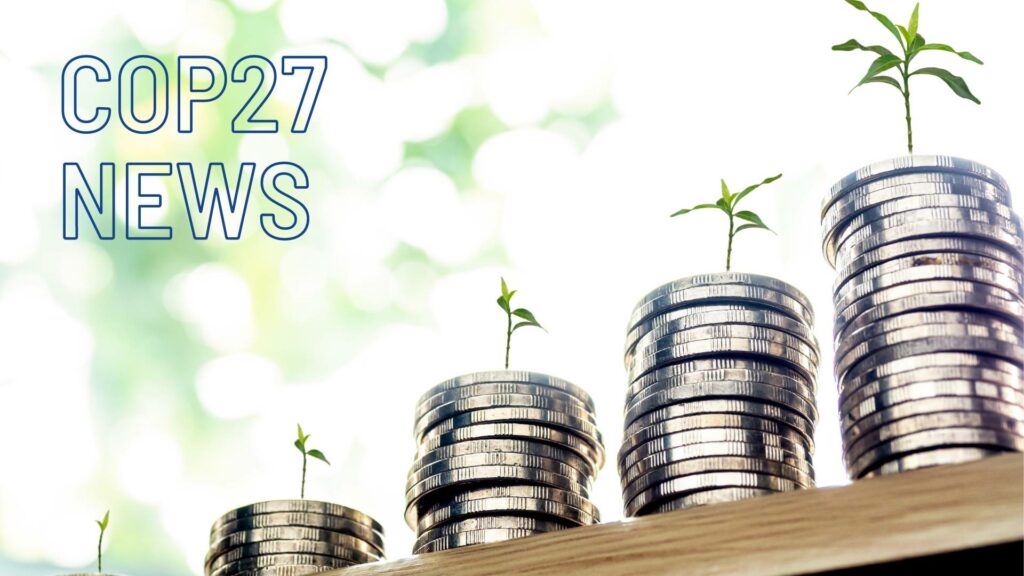The 2022 United Nations Climate Change Conference (COP27) is here, and as every year, it is surrounded by lots of controversy, drama, and a predetermined conclusion that we’re not doing enough and we’re moving too slow to address climate change. Nonetheless, we believe that its intentions are pure and it is worth tuning in.
We especially keep an ear out for news which may affect the textile industry and we’re starting to see some news trickling through. There has been one article which, at least at initial review, seems to align with our values. The article discusses the International Chamber of Commerce initiative to create an industry framework to assess the sustainability performance of trade transactions. It selected the textile industry as a pilot for the project.

Addressing the Needs of the Environment and Socio-Economic Conditions of Developing Countries
The industry framework, named “Wave 1” aims to help banks and businesses recognize whether or not a certain trade is or is not sustainable. It uses two main criteria to help come up with the answer. The first criteria answers whether the trade is a move towards or away from meeting the Paris Agreement objective of limiting global warming to 1.5°C above pre-industrial levels. While the second criteria aims to establish whether a trade is inline with the United Nations Sustainable Development Goals (SDGs). SDGs were established to help protect the rights and dignity of the 300+ million workers in the textile industry, many of them especially vulnerable to labor abuses.
The assessment will score trade based on how they perform across five categories. The categories are buyer, supplier, goods or services, transportation, and purpose. Each one of these categories will be given a score and they will all be tabulated to establish whether a specific trade is or is not sustainable.
How the Framework Will Be Used
The end consumers of the framework will be banks and financiers of trade which are increasingly coming under pressure to ensure that the initiatives they support will not put further strain on the environment and contribute to global warming. Several big banks have signed on to the pilot project with the hopes of quickly scaling it up in the coming years.
Money continues to make the world run around. We look forward to following up on this program in the future and tracking the progress. We’ll be also interested in how value added service providers of low carbon textile processing services like ourselves will be graded within the framework.
If you enjoyed this commentary, you might enjoy some of our other pieces:
Can Extremophiles Save Our Planet
Carbon Offsets Versus Actual Low Carbon Production Practices

